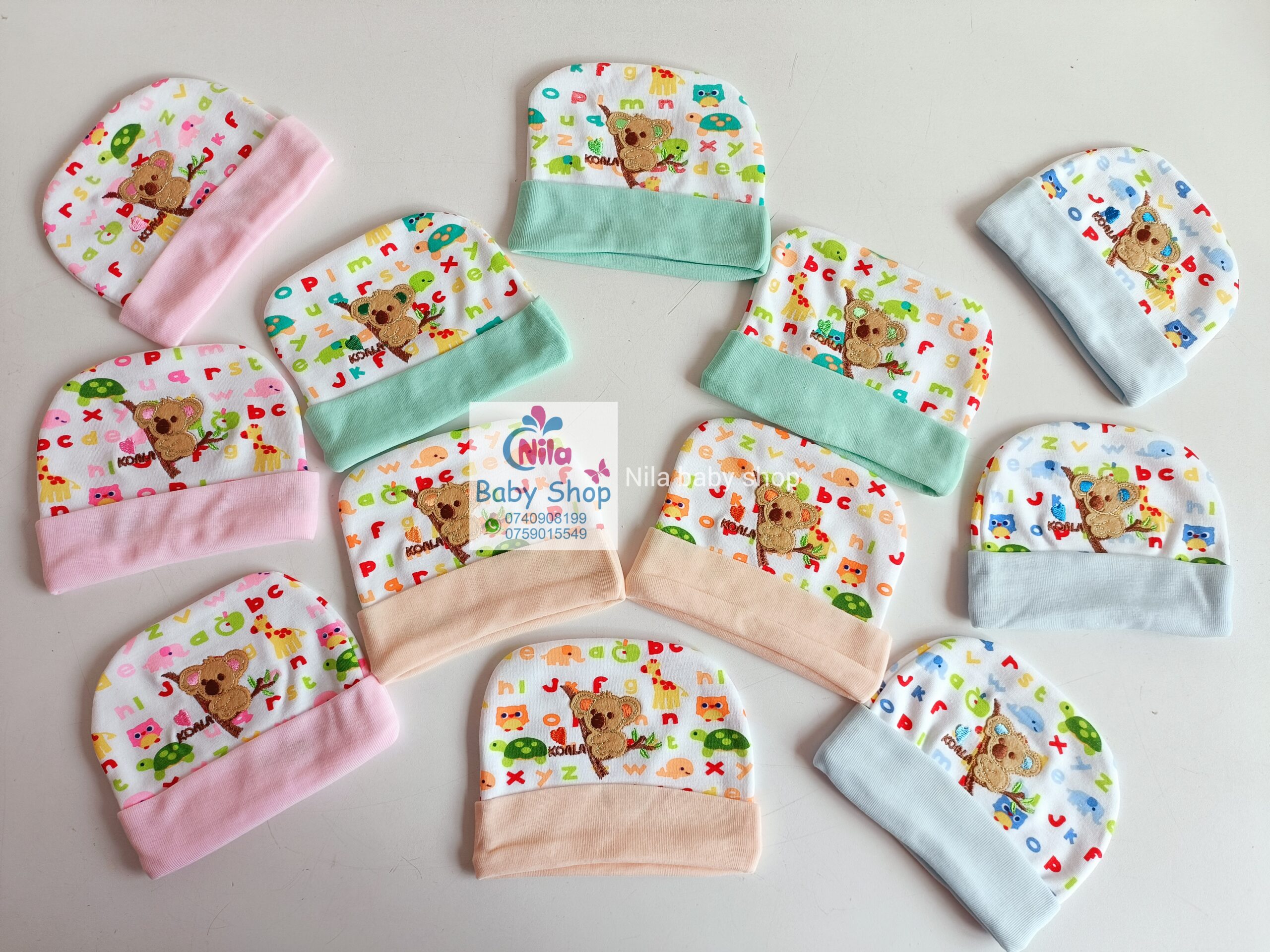
Nila Baby Shop
Newborn clothes should be cozy, squishy, and easy to maintain. Because infants outgrow their garments rapidly, mothers should only purchase what they require at each age. Some of the most common age group sizes for baby clothes include 0-3 months, 3-6 months, 9-12 months, and 12-24 months. Women should also consider infant outfits that are simple to put on and take off and comfy and washable. Professionals in baby care recommend dressing an infant in layers. Blouses with flap necks are simpler to fit over your baby’s head, as are stretchy dungarees attached to the front. Tracksuits with zips can also make clothing your infant a breeze. Cotton-based clothing is a fantastic option. Cotton clothing will keep your kid more relaxed than manufactured clothing in warmer temperatures. Linen is also easy to wash and soft on your infant’s delicate skin. It’s also good to watch for clothing with a minimal fire danger rating. This label should be on all baby bodysuits and tracksuits.
Warmth is crucial for newborns. As a result, it may be easier to wear your kid in layers during the year’s colder months. You can remove the layers when shopping or in other warm settings. It’s also essential that the baby not burn out from excess warmth, especially during napping hours. A secure newborn napping sack is an intelligent alternative when preparing your baby for bed. If you need to use an additional sheet, make sure it doesn’t conceal your child’s head or face while they’re asleep. Put your infant on the crib as low as possible, so their legs will be at the bottom. Pull the duvet in tightly so that it only reaches the infant’s neck. Many babies find the process of clothing and changing clothes distressing. The less pressure you and your baby are under, the faster and happier you are.
Tips for dressing Newborns
- Rest your infant in a comfortable area once the environment is heated sufficiently.
- Place a diaper on your infant in case they have a bowel movement.
- Stretch the collar of a singlet and put it on from the back, protecting your baby’s head. As you draw the front over your baby’s head, make sure it doesn’t scrape their face — young infants can get quite unhappy if their garments scrape their cheeks.
- When changing clothes, avoid letting the garments contact your child’s mouth.
- Slide your infant’s limbs through the arm openings with care.
- If your infant is wearing a romper, unzip or zip it and place them on top. Insert the infant’s limbs in the openings and close the zipper or snap closures.
- Ensure your infant’s forearms are covered when heading out in the sunlight – but if at all possible, keep your infant out of direct sunlight.
How to wash newborn clothes
Baby items are washed with the rest of your clothes, but you should avoid solid soaps and synthetic detergents. ‘Delicate’ or ‘soft’ bleaches are less prone to harm your baby’s skin. Clothes that have been soiled should be immersed in diaper disinfectant before being washed. Even with a bib, your baby’s clothing will be smeared in refreshments, so diaper sanitizer makes a convenient pre-soak once your baby starts eating solids.
Written by Nila Baby Shop
Best Baby and Mother Products Store. Our main objective is to provide an exceptional online shopping experience, home delivery, and prompt customer service.
Great info.